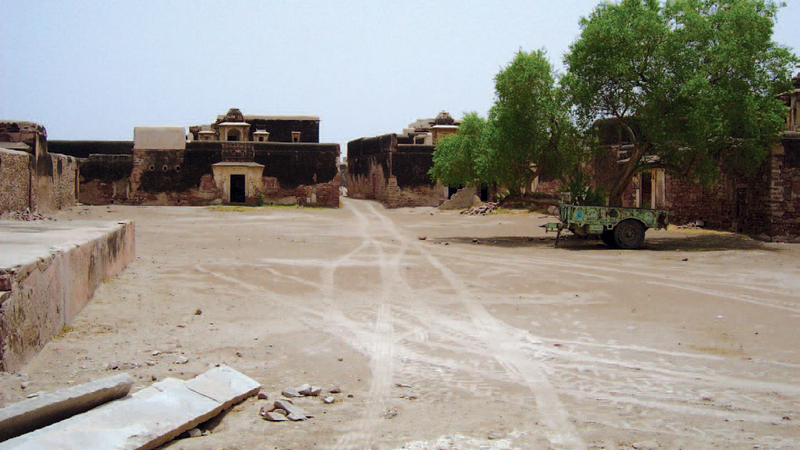Theory and Discourse
On Conservation, Historic Gardens and Challenges in Conservation Practice
LA 48 |
|
In Conversation with Priyaleen Singh, academician and practitioner in the field of heritage conservation, Professor and Head of Department of Architectural Conservation, School of Planning and Architecture and landscape consultant to the World Monuments Fund (WMF) for its projects in Agra.
In the recent past, while the conversation of historic buildings has become an important facet of the architectural profession, the conservation of historic landscapes still remains overlooked to the most part. Priyaleen Singh walks us through the vast repository of knowledge that our past is, the challenges faced in the conservation of historic gardens and the meaning of an 'Indian' landscape.
|
|
 |
|
Conservation as a discipline
Conservation as a discipline is very progressive and dynamic in its intent and as a concept linked to everyday existence. However architectural con-servation is not always comprehended as such and is erroneously often seen through a very narrow perspective, as something only to do with archae-ology and monuments. It needs to be demystified to enable people to understand and appreciate the values inherent in the rich legacies of the past, that could be imbibed in a positive manner in all spheres of life today. The past can mean many things to many people, depending on the quality of engagement with it. The need to refer to the past can lie in a sentimental nostalgic feeling, where nostalgia is memory with the pain removed. And it often comes when the rapidity of change is difficult for people to absorb and where change represents a loss more than a gain. Great movements in history, such as the 'Arts and Crafts movement' were part of this discourse. Rooted in socialism, they questioned the loss of craftsmanship due to mass factory production of the industrial age and consequently gave us a very rich repository of design vocabular-ies. In providing a sense of continuity and identity, the surviving past has the ability to render the present familiar because 'you do not know where you are unless you know where you have been'. And paramount is the notion of the past for the lessons it can teach and the knowledge it can aid us with, in the process helping provide a better envi-ronment for today and for the future. This understanding of the relevance of the past and linked histories is also reflected in the understanding towards its conservation, where conservation is not viewed as an exercise in mere image collection from history books but a valid action aimed at interpreting and continuing with valid propositions from the past, propositions that can still meaningfully fulfil the demands of twenty first century society and also accommodate in a very egalitarian and effective manner its aspirations. Conservation thus gets redefined as an alternate model of development capable of sustaining a higher quality of human existence.
|
|


|
|

|
|
|
|
|